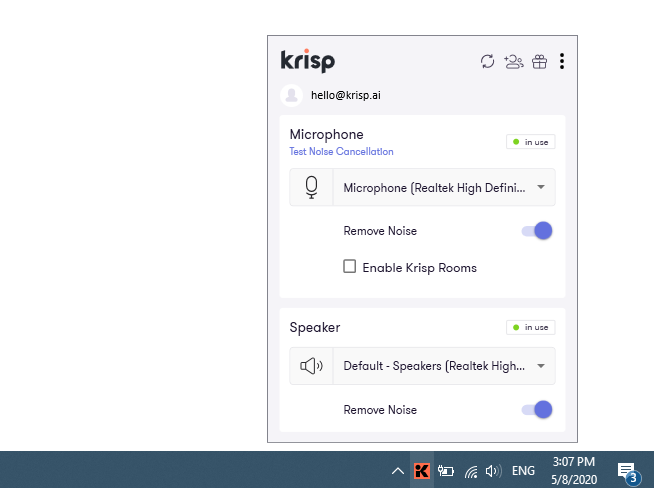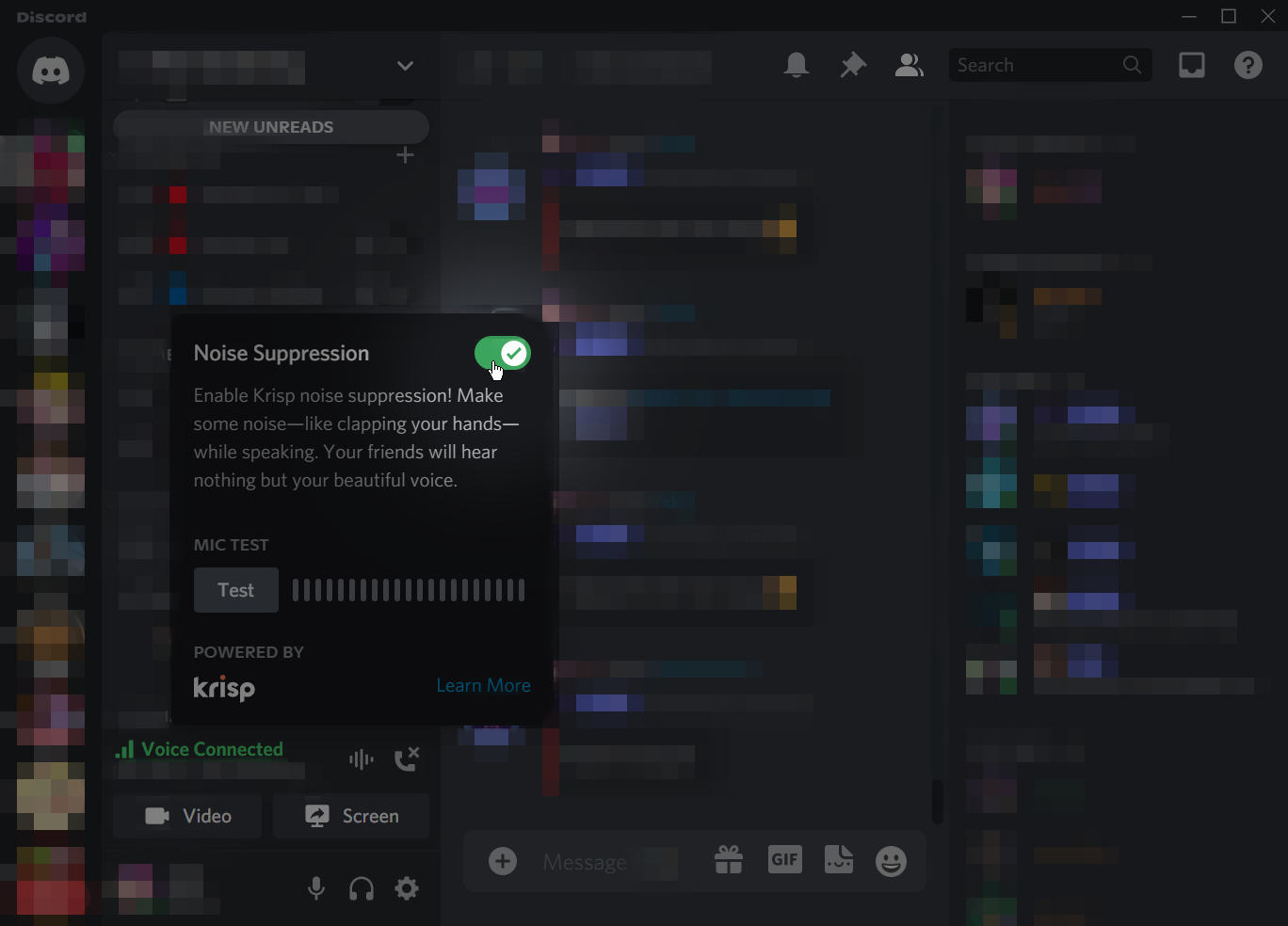

Things might be quiet when you sit down to record, only for a loud motorbike or barking dog to invade your stream moments later. While reverb tends to be a constant, outside noises are unpredictable. Perhaps more impressive than the echo removal is the second effect on offer: Noise reduction. You can hear a difference once I start adding the effect, but it might not be worth the risk of degrading your source audio for such a minor benefit. This is thanks to the dynamic microphone which does a pretty good job of that itself. You’ll notice in the second recording that there’s not really all that much reverb to remove. In short, play around with the settings to find the best balance for your tastes and recording space. Once I dial the effect up to 100 percent, reverb might be eliminated, but at the expense of the original signal. The recording feels much more present and there’s no distracting room echo. The raw signal is… fine, but things are much improved with the echo removal tool set to around half way. The effect is most obvious in the first recording with the condenser mic. But the difference between the raw recording and then with the reverb removed is stark. The acoustics in the room I recorded the samples in aren’t terrible, but they’re definitely not optimal. NVIDIA Broadcast Room noise removal testsĪs you can hear, the effect is, well, effective.In the recording below, I start with no effect applied before dialling in about 50 percent and then finally with strength set to maximum. To test this, I used a condenser microphone as those are most prone to picking up reverb. Broadcast? Just two: on/off and “strength” (amount of reverb to be removed).
#Krisp vs nvidia broadcast pro
Other pro tools (like iZotope’s RX) give you an bevvy of settings and controls. So you can’t just hack out the errant frequencies and be done with it, you need to leave the original signal intact. Reverb reduction is actually quite a science, given that you’re trying to remove elements of a sound that are… well, very very similar to the source. For anyone who has a space with less than favorable acoustics, this is going to help you dial down that dreaded “cave” sound you have probably been battling with.


And importantly, all in realtime, unlike something like iZotope RX which is incredibly good at repairing sound, but aimed at post production. Broadcast is focused on shaping up your stream, not bending it into something else. But both are useful and there’s no novelty chaffe (get your robot voices elsewhere!). Right now, there are only two effects to choose from. The area on the right is given over to a tool for testing these effects before you commit to them. Under the Microphone tab you’ll find a drop down on the left to select your input source and a space below for adding effects. We’ll focus mainly on the microphone section, but the other two are just as useful and it all combines into one hub for tweaking your stream, be it video, audio or both. Once you’re in Broadcast you’ll see three main tabs: Microphone, Speaker and Camera.
#Krisp vs nvidia broadcast full
Those looking for the full audio-visual featureset will still need to download the standalone app. The Logitech partnership, to date, only works with some products and only with some of the features on offer in NVIDIA Broadcast. While that’s only a fraction of the companies’ offerings, it still represents a lot of headsets and microphones that today have new, untapped potential. Supported models at launch are Logitech's G733, Pro X and Pro X Wireless headsets, and Blue's Yeti X, Yeti Classic and Yeti Nano microphones. The better news is, if you have a Logitech headset or Blue mic, as of today, Broadcast is natively supported so you won’t even need to dive into the app. If you do have a supported card then you can simply download the Broadcast app and get cracking. If you don’t already own a compatible GPU, now isn’t exactly the best time to be looking for one, thanks to the ongoing chip shortage, but things do seem to be slowly easing up. For example, if you have something like a Blue Yeti and an older webcam you’re going to get more out of this tool than someone with a Shure SM7B and a Sony A7.īroadcast specifically “uses Tensor Cores on NVIDIA RTX GPUs to accelerate AI calculations so you can game, livestream and run AI networks at the same time.” It’s compatible with any RTX GPU - “GeForce RTX 2060, Quadro RTX 3000, or higher” - according to a company spokesperson. While Broadcast offers some helpful tools for all streamers, the real benefit is for those with more entry-level gear. Right up the top, I should set some expectations.


 0 kommentar(er)
0 kommentar(er)
